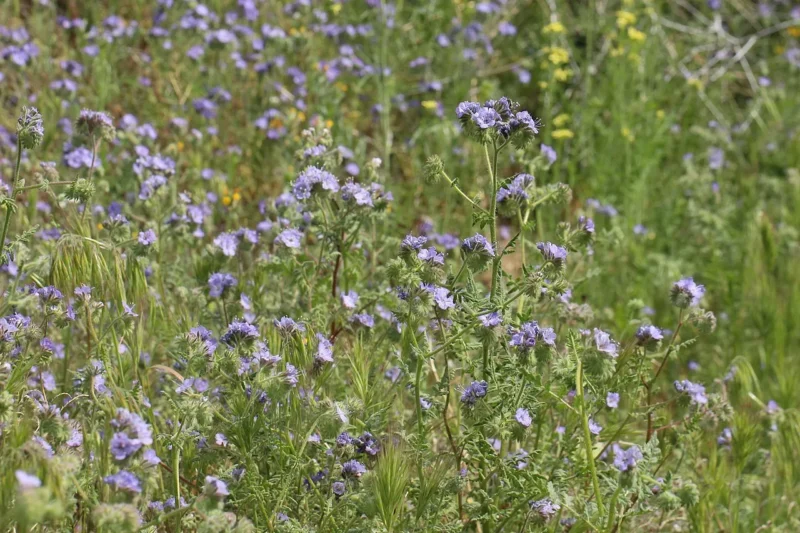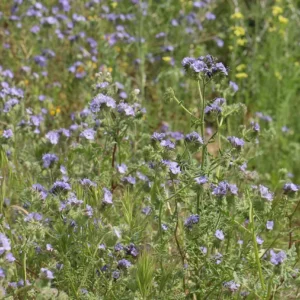Whirlwind head 200g – a versatile assistant for your garden
Enrich your soil and help nature flourish!
Excellent catch culture, ornamental and honey plant.
- The vortex head does not have common diseases with the most common crop crops and therefore fits well into crop rotation.
- As a catch crop, it is grown for the purpose of improving soil fertility, in addition, it provides great competition to weeds.
- The plant has the ability to make phosphorus not assimilated by other plants available.
- If the seed is sown after the early main crops ripen, then the plant will still be able to bloom. However, for the purpose of growing as a honey plant, the seed must be sown already in the spring.
- Honey productivity 150-300kg/ha.
- Trichinella honey is valued on a par with linden honey.
- Trichinella is also grown as an ornamental plant.
Manual
Seeding rate 100–120 g/100 m2, when growing for the purpose of green mass 150 g/100 m2. Sown from April. Seeding depth 1–2 cm. One-year-old. Grows to a height of about 60 cm.
The cultivation of catch crops has different purposes.
- Catch crops improve soil fertility, reduce nutrient leaching, prevent weeds from growing, improve soil structure, and reduce soil-borne diseases.
- When grown as green manure, catch crops add nutrients to the soil.
- Combined use is also possible – plants grown as a cover crop are introduced into the soil as a green fertilizer.
- Catch crops help to maintain soil health and reduce the spread of pests without chemical control.
How to grow catch crops
If the main crop – strawberry, cabbage, potatoes or whatever plant you mainly grew – has borne fruit and been picked up, sow a catch crop.
- It is necessary to sow tightly so that a large biomass is formed.
- For better germination, sowing can be covered with a covering veil.
- The catch crop remains on the bed for the winter, he does not need to be picked up from the bed.
- Dig in the catch crop before sowing the next main crop or cover with compost or soil.
- This is how natural green fertilizer is formed from the catch crop.
- A wintering catch crop is dug in, which would begin to grow again in the spring.




















